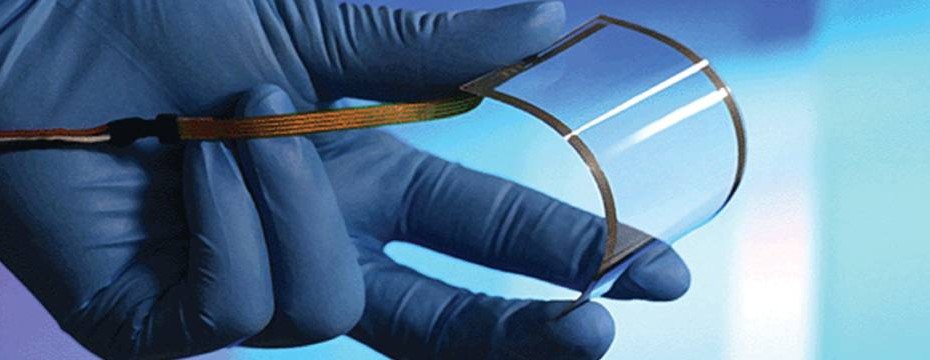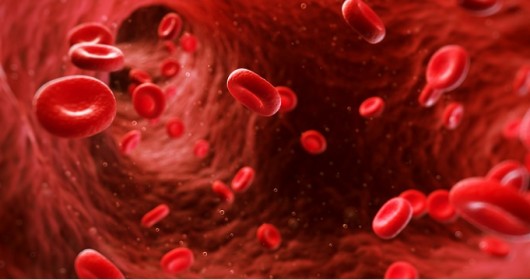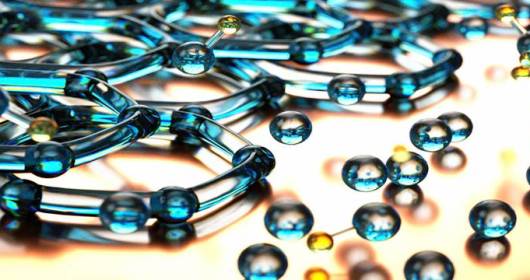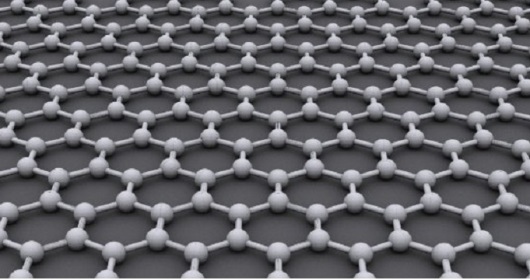What is Graphene?
Graphene may be the most amazing material in the world right now. This atom-thick material is stronger than diamond and almost any other known material. It is extremely conductive, which makes it an ideal candidate to replace silicon in all electronics.
Its only weakness shows with size, which prevents it to keep its qualities in larger sizes that are required for manufacturing of electronics and other products. But that might be about to change.
Since his discovery in 2004, scientists have examined and experimented with graphene. Now, scientists at Samsung’s Advanced Institute of Technology (SAIT) and Sungkyunkwan University in South Korea have announced they came up with a possible solution for “growing large area, single crystal wafer scale graphene.”
“The new method…synthesizes large-area graphene into a single crystal on a semiconductor, maintaining its electric and mechanical properties,” Samsung wrote. It “repeatedly synthesizes single crystal graphene on the current semiconductor wafer scale.” After years of experiments, the company has finally achieved to grow graphene without losing some of its qualities, which was the main problem stopping the progress of the material.
Samsung’s breakthrough could be a game-changer for graphene, and for some companies that have invested heavily in its development.
Finnish phone maker Nokia, has been studying the material since 2006, and even received a large grand from the European Union to develop graphene-based technology.
It is hard to say whether the Samsung’s discovery will give it a large advantage over its competitors, or whether it plans to share the technology. After all, the Korean giant already manufactures large amount of electronics parts for other brands, including displays for Apple’s iPhone and iPad.
What remains unclear is how successful Samsung has been in solving Graphene’s other weaknesses that could prevent the material from replacing silicon to become mainstream material for electronics. One of those problems is graphene’s extreme conductivity, where it is impossible to turn if off in the way that silicon transistors can be. Unlike silicon, which can be turned on and off million times in a second, graphene cannot be simply switched on and off when needed.
[sc:ad-text]
Of course, there are ideas that address this problem, such as adding certain chemicals, but not of them has been successfully tested so far. But the future of technology may be depended on scientist solving this puzzle. Silicon is approaching its full potential, and its prices has even risen recently, as its supplies dwindle. The search for new materials is on.
Graphene on The One Show:
[sc:end t=”Supermaterial Graphene – What Is It?”]








Leave a Reply